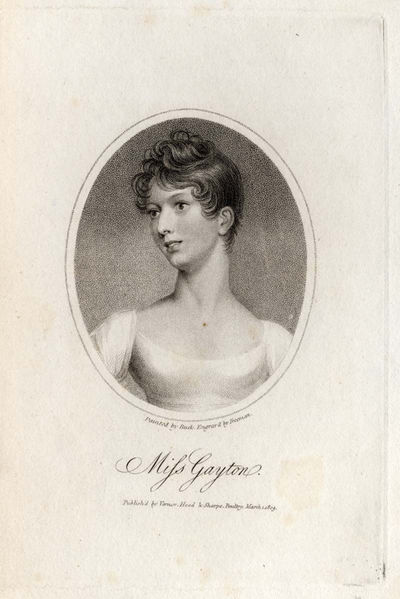Annotation:Miss Gayton's Hornpipe
Back to Miss Gayton's Hornpipe
MISS GAYTON'S HORNPIPE. AKA and see "Miss Heaton's Hornpipe]." AKA – “Miss Gaston's Hornpipe,” “Miss Grayton's Hornpipe.” Scottish, English; Hornpipe. G Major. Standard tuning (fiddle). AB (Skye): AABB (Hardings, Hunter, Kerr, Merryweather & Seattle, Sweet). As “Miss Gayton’s Hornpipe” it appears in a surprising number of music copybook manuscripts of 19th century English musicians, including George Watson (Swanton Abbott, Norfolk, 1850–80), Miss Best (c. 1850), John Baty (Bethel, Northumberland, 1840–60), William Clarke (Feltwell, Norfolk, 1858), James Haslingden (Midlands?, 1827), Robert Dale Owen (New Lanark, Scotland, 1826), F.W. Davoll (Staffordshire?), the Carlilse manuscript (Carlilse, Cumbria, 1810), John Moore (Tyneside, 1841) and William Tildsley (Swinton, Lancashire, c. 1860) [Callaghan, 2007]. Fiddler William Irwin (Langdale, Cumbria) included it in his 1838 manuscript along with the note: “as played in Carlisle Theatre,” referring to a venue in the Cumbrian town. Shropshire poet and musician John Moore entered the hornpipe into his manuscript collection as "Miss Heaton's Hornpipe." Francis O’Neill printed the tune under the title “Sailor’s Hornpipe (3).”

Miss Esther Jane Gayton was a dancer and actress who played a Sylph at Drury Lane as early as 1806. Sir Walter Scott mentions her (in the Edinburgh Annual Register, 1810) as performing in 1808 in a revival “of our old favourite, Bluebeard,” in which Miss Gayton appeared in the role previously played by Madame Parisot. In 1809 she married the Reverend William Murray, half-brother of Sir James Pulteney, 7th Baronet or Clermont, Fifeshire, whose title Murray ultimately assumed (Gentleman’s Magazine, May, 1811). She died in 1875.
George Gordon Byron—Lord Byron—mentions Miss Gayton in his lengthy verse called “English Bards and Scotch Reviewers” (1808), in the lines:
While Gayton bounds before th’ enraptured looks
Of hoear marquises and stripling dukes;
Source for notated version: an MS collection by fiddler Lawrence Leadley, 1827–1897 (Helperby, Yorkshire) [Merryweather & Seattle].
Printed sources: Callaghan (Hardcore English), 2007; p. 21. Harding's All Round Collection, 1905; No. 78, p. 24. Hunter (The Fiddle Music of Scotland), 1988; No. 330. Kerr (Merry Melodies, vol. 1), No. 6, p. 26. Köhler's Violin Repository, vol. 1, 1881, p. 56. MacDonald (The Skye Collection), 1887; p. 172. Merryweather & Seattle (The Fiddler of Helperby), 1994; No. 34, p. 37 (as “Miss Grayton’s Hornpipe”). Riley (Flute Melodies, vol. 2), 1817; p. 40. Sweet (Fifer's Delight), 1964/1981; p. 81. Voigt (A Selection of Elegant & Fashionable Country Dances, Reels, Waltzes &c.), 1808.
Recorded sources:
